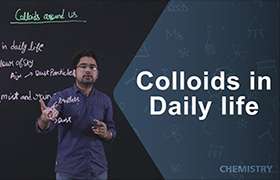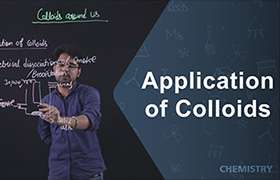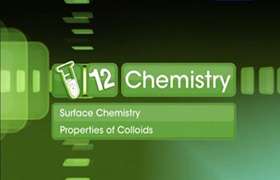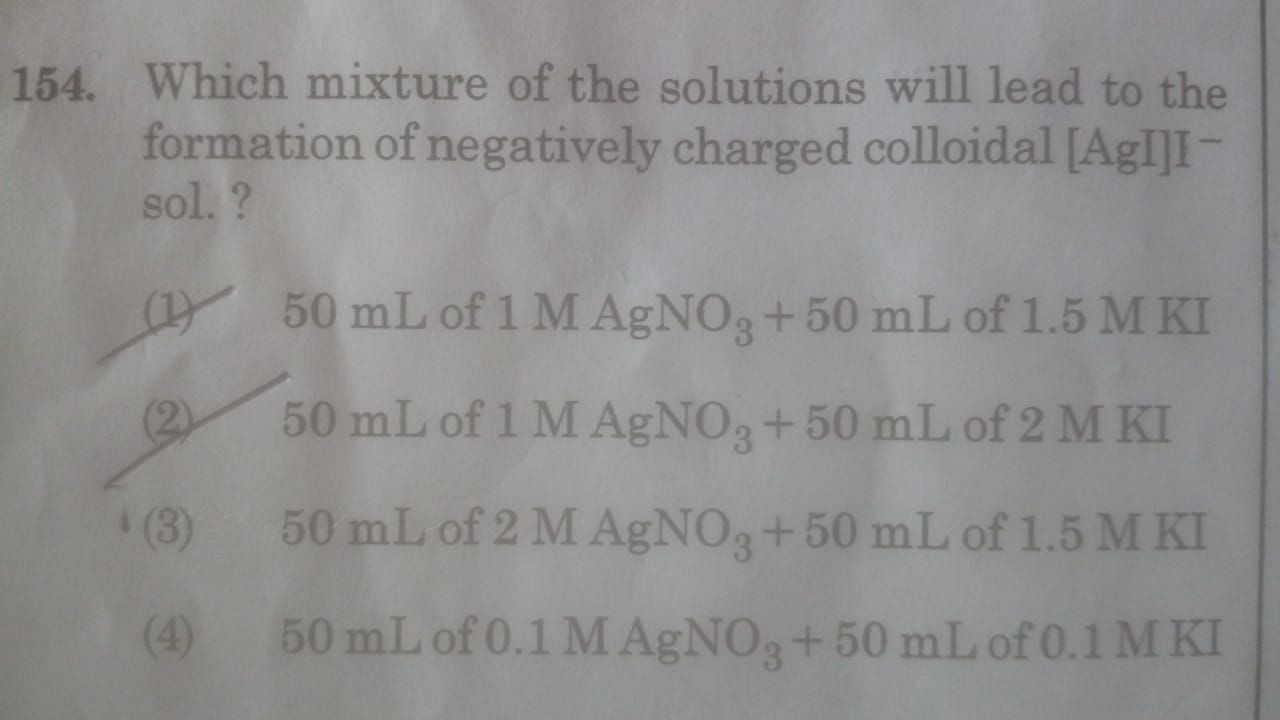CBSE Class 12-science Answered
Ultra-filtration (UF) is the physical removal of particles and microbiological contaminants from an aqueous solution using a membrane filter with pore sizes less than 0.1 micron. It does not remove dissolved ions and small molecules.
Coagulation value:
The minimum amount of electrolyte required to cause precipitation of one litre of colloidal solution is called coagulation value or flocculation value of electrolyte for the sol.
Gold number:
Gold number is defined as weight of the dried protective agent in milligrams, which when added to 10 ml of a standard gold sol (0.0053 to 0.0058%) is just sufficient to prevent a colour change from red to blue on the addition of 1 ml of 10 % sodium chloride solution, is equal to the gold number of that protective colloid. Thus, smaller is the gold number, higher is the protective action of the protective agent.







